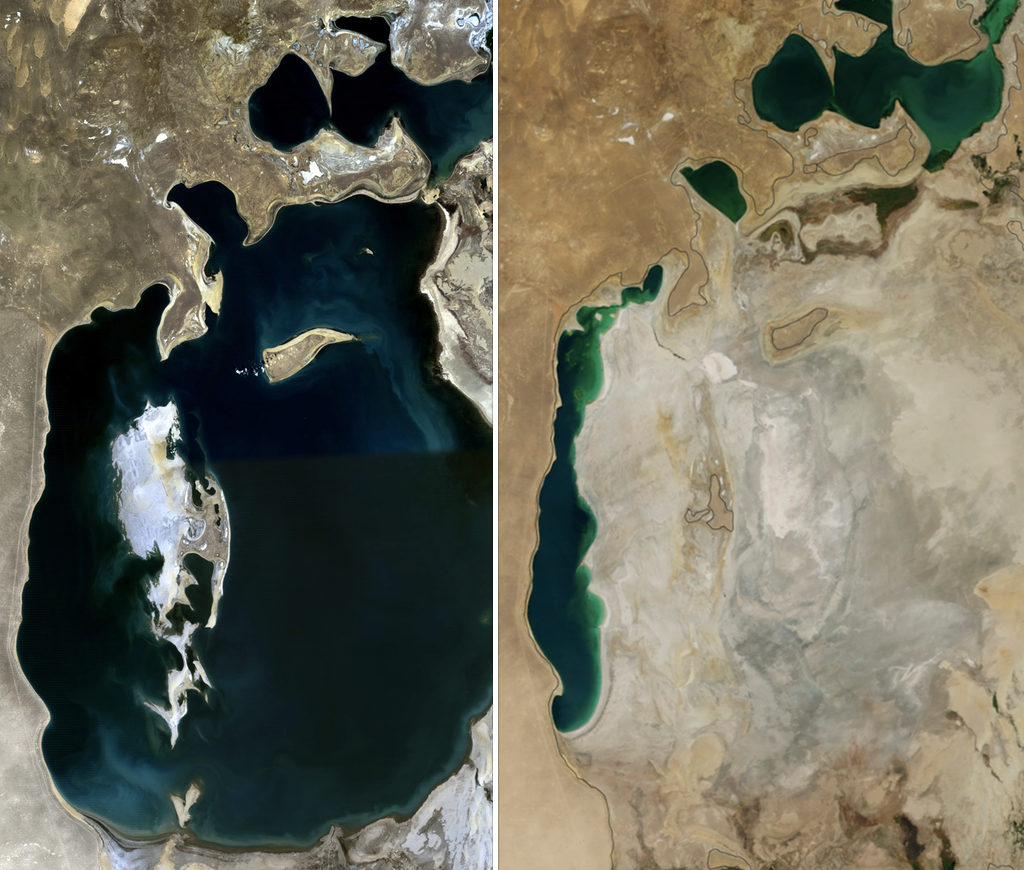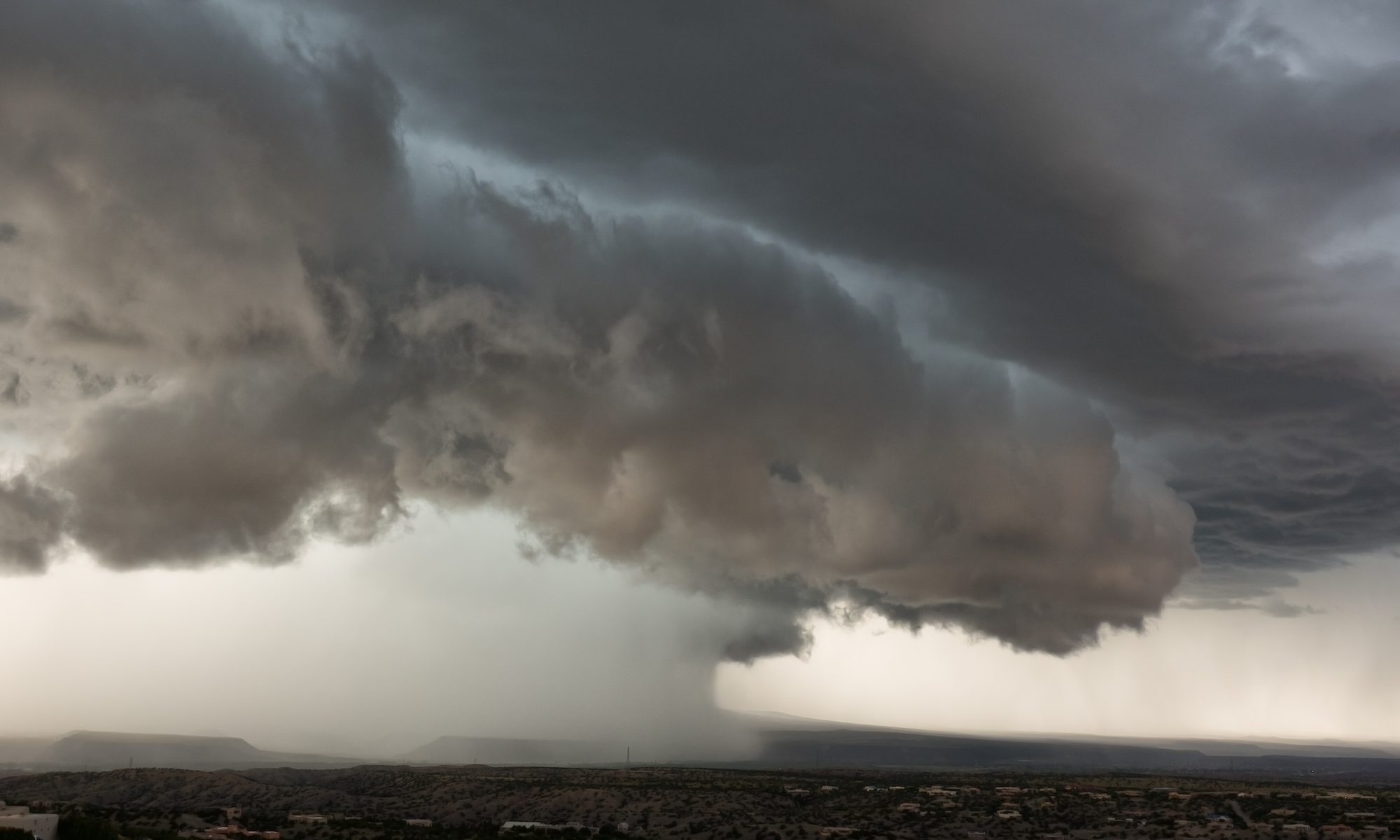(Click here for Part 1 of this series)
As many urban areas face a water crisis due to shortage of this resource there are rural areas that have a surplus supply of water. The demand and supply constraint between these regions creates a contest between the haves and have-nots.
Most governments look at this contest from the perspective of vote banks of its constituents and facilitates the transportation of water from one place to the other. Many corporations see this contest as an opportunity to make profit and eventually we notice pipelines being laid for transportation of water and the transformation of an agricultural setup to an industrial landscape with water intensive industries such as bottling plants being set up around areas with surplus availability of water.
We must realize that once a water is removed from a region at a rate faster than it can be replenished by natural processes, that water maybe lost forever. If a company bottles water at one location and transports it to far-off destinations or pumps water from lakes for supplying to other locations, the natural rate of replenishment may never be able to match the rate of industrial consumption at such a large scale, especially when driven by the demands of a much larger market.
We should also recognize that the water being exported from a surplus region into a deficient regions in any form has no impact on the ground water situation of the receiving region. The incoming water is usually consumed by the population and ends up mixed with sewage or industrial effluents without making any improvements to the availability of ground water in the deficient area. Meanwhile, the water-surplus regions become dry once their resources have been looted triggering gradual desertification in due course of time.
We have seen examples of such ecological degradation. The Aral Sea – at one time the 4th largest lake in the world – was a great lake so large in area that it was termed a ‘sea’. The former Soviet Union and the countries around it started growing cotton in the desert by siphoning out huge quantity of water from this lake and now the water is more or less completely gone.

A similar tale repeats itself in the doomed fate of Lake Naivasha in Kenya which is extensively being exploited to support floriculture in the region. Note, that growing a dozen Rose flowers needs around 120 liters of water and to come out of its debt Kenya grows and supplies most of the Roses sold in Europe and in the process has nearly exhausted the water in this major lake.
Even in developed countries such as the US, in states like California water from northern water-rich regions is being transported by pipelines to the populous southern parts of the state and being used to grow water-intensive crops like alfa-alfa, pistachios etc. for export.
Another example in the making is the Bisalpur Dam in Rajasthan, India from where huge quantities of water is being pumped on daily basis to supply drinking water to far off urban centers in this desert state.
When water is taken out from its natural water basin – by pumping through pipelines or as bottled water directly or indirectly hidden in farm produce like almonds, pistachios etc., the ground water aquifers get dried and this leads to damage to the natural habitat and biodiversity and finally the entire ecosystem of the area is disrupted.
The cardinal lesson to learn is that water is an important asset of the local area and should remain within that area because it is the central factor around which the entire ecology of that area revolves.
The agriculture, industry, culture and lifestyle of any region are directly influenced by the availability of water, suitability of soil and climatic conditions of that region. We all have to adapt to live within the limits of our water sheds… something that modern industrial societies are fast forgetting.
To give an idea – here’s the water required for cultivation of a few commodities:
- 100 liters of water is required to grow 1 Apple
- 13 liters of water is required to grow 1 Tomato
- 4 liters of water is required to grow 1 Almond
- 3 liters of water is required to grow 1 Pishtachio
- 1,500 liters of water is required to grow 1 kilogram of Wheat
- 10,000 liters of water is required to grow 1 kilogram of Cotton
- 70,000 liters of water is required to grow one bale of Alfalfa.
Since the beginning of civilization, we have found water in abundance in rivers and lakes and seen the regular rains so our minds are conditioned not to value water and we often overlook its availability when calculating the costs of inputs to any agricultural or industrial activity.
We must take action and adapt to a more sustainable and local strategy for water use. Now is the right time for this action or else we risk causing irreversible damage to our societies.
